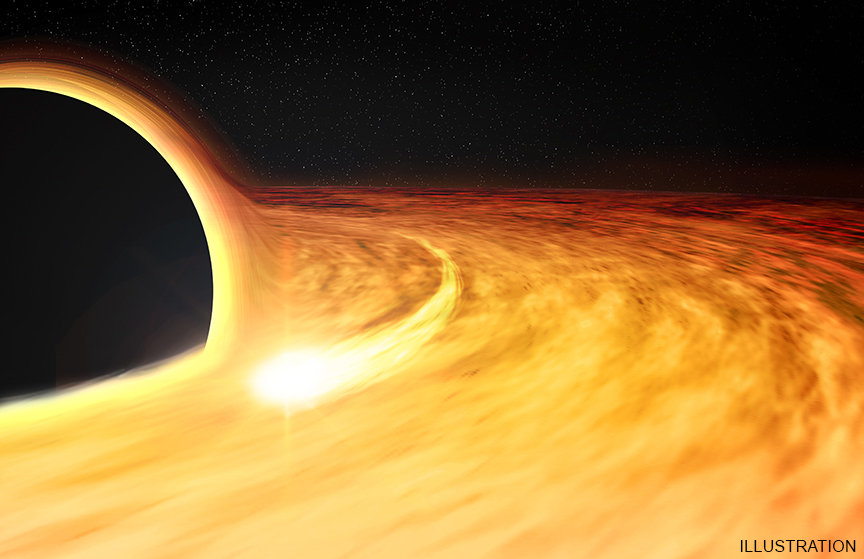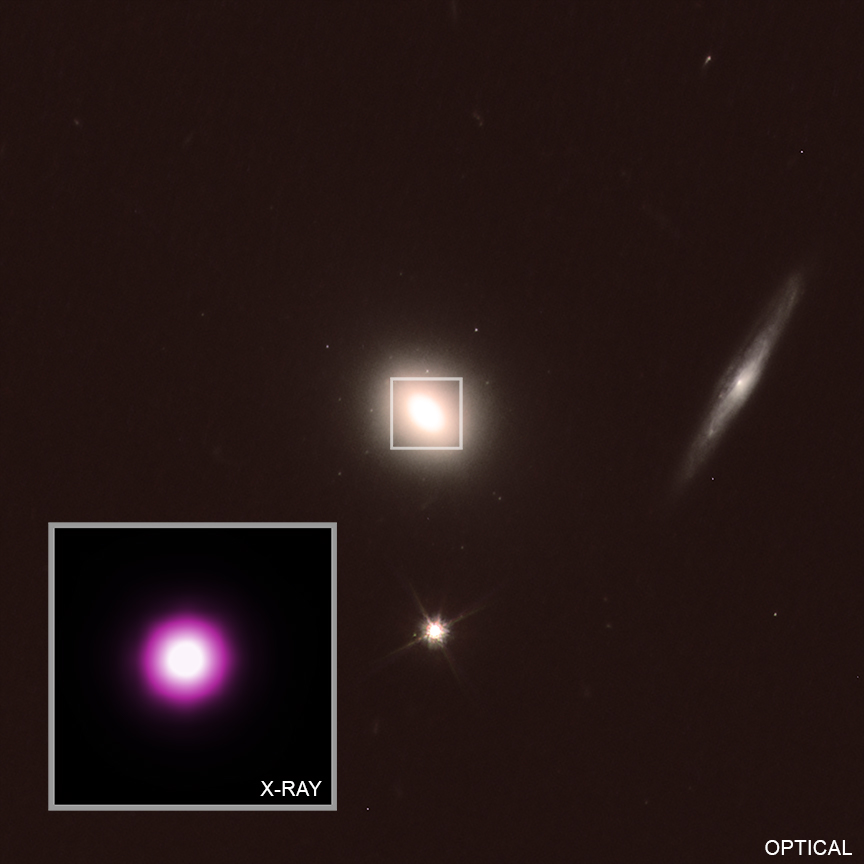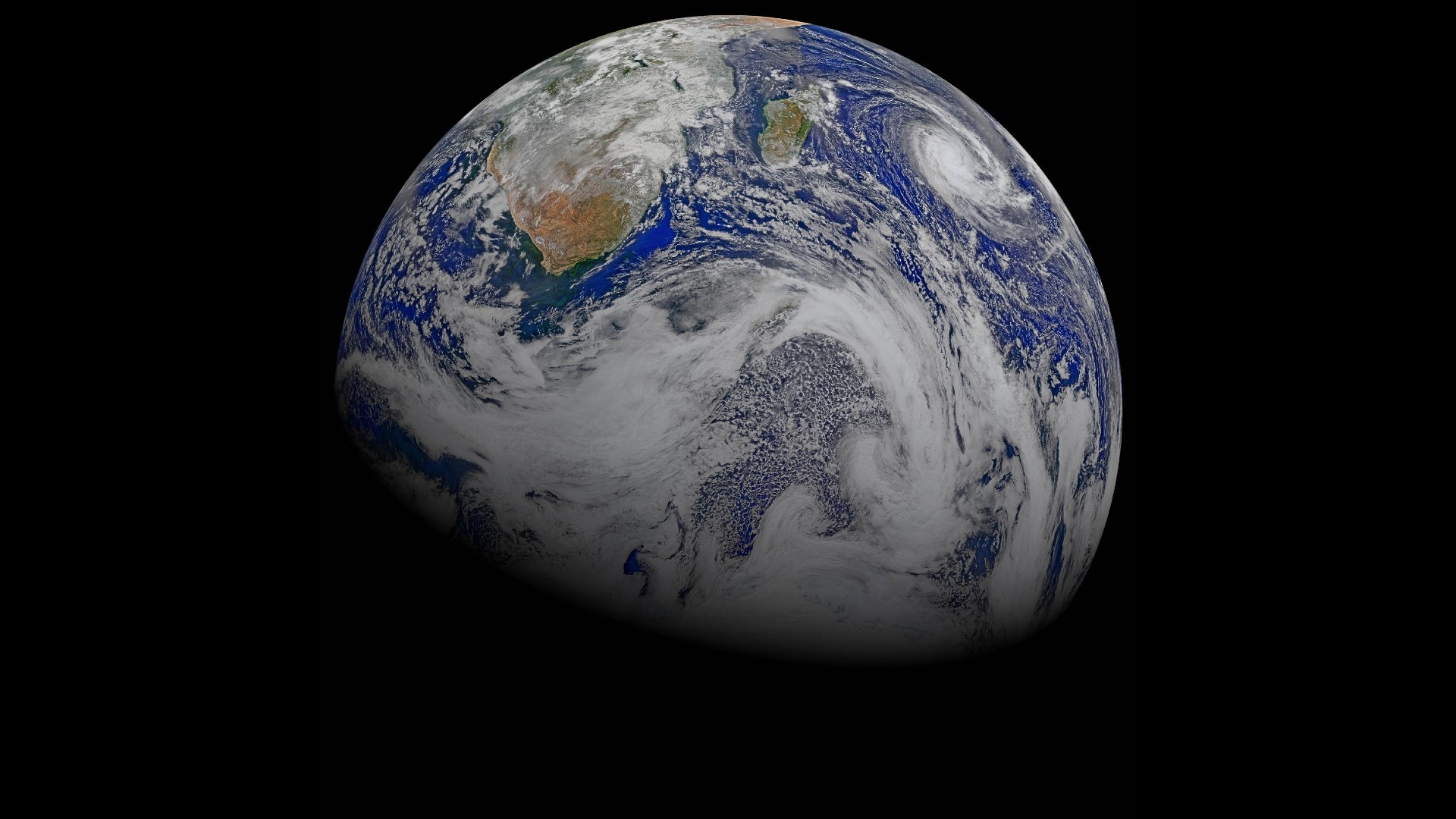This Huge Black Hole Is Spinning at Half the Speed of Light!
The crumbs left over from a supermassive black hole's recent meal have allowed scientists to calculate the monster's rotation rate, and the results are mind-boggling.
The huge black hole, known as ASASSN-14li, is spinning at least 50 percent the speed of light, research team members said.
"This black hole’s event horizon is about 300 times bigger than the Earth," study co-author Ron Remillard, of the Massachusetts Institute of Technology (MIT), said in a statement. (The event horizon is the limit beyond which nothing, not even light, can escape a black hole's gravitational clutches.) [Images: Black Holes of the Universe]
"Yet the black hole is spinning so fast it completes one rotation in about two minutes, compared to the 24 hours it takes our planet to rotate," Remillard added.
ASASSN-14li lies at the heart of a galaxy 290 million light-years away from Earth and harbors between 1 million and 10 million times the mass of the sun. So, it's about as hefty as the black hole at the Milky Way's core, known as Sagittarius A*, which contains about 4 million solar masses. (Supermassive black holes can get much weightier; some tip the scales at tens of billions of solar masses.)
ASASSN-14li was discovered in November 2014, after it tore apart a star that strayed too close. This dramatic event caused a flash of bright light, which was spotted by a system of optical telescopes called the All-Sky Automated Survey for Supernovae (hence the black hole's name).
In the new study, a team led by Dheeraj Pasham, also of MIT, observed the X-ray light coming from the ASASSN-14li system. The researchers analyzed data gathered by a number of instruments, including NASA's Chandra X-ray Observatory and Neil Gehrels Swift space telescopes, as well as the European Space Agency's XMM-Newton spacecraft.
Breaking space news, the latest updates on rocket launches, skywatching events and more!
These datasets revealed a consistent flickering: ASASSN-14li's X-ray emissions rise and fall every 131 seconds. This clockwork signal is likely caused by a clump of the torn-apart star circling the black hole very close to the event horizon, study team members said.
"The fact that we can track this region of bright X-ray emission as it circles the black hole lets us track just how quickly material in the disk is spinning," Pasham said in the same statement. "That gives us information about the spin rate of the supermassive black hole itself."
That spin speed is impressive but not unprecedented. The few supermassive black holes whose rotation rates have been clocked to date are in the same extreme neighborhood, generally whipping around between 33 percent and 84 percent the speed of light.
The new results — which Pasham presented Wednesday (Jan. 9) at the 233rd meeting of the American Astronomical Society (AAS) in Seattle — could help astronomers better understand how supermassive black holes evolve.
These behemoths can grow in two main ways, Pasham said — by galaxy-scale mergers, and/or by steadily accreting smaller bits of surrounding material. A relatively low rotation rate would implicate mergers as the primary factor, because these random smashups likely wouldn't keep spinning the growing black hole up in the same direction.
However, "if you have a high-spin black hole, supermassive black hole, that's telling us that maybe steady accretion was dominant," Pasham said during a news conference at AAS Wednesday.
The new study was also published online Wednesday in the journal Science. You can read a preprint of it for free at arXiv.org.
Mike Wall's book about the search for alien life, "Out There" (Grand Central Publishing, 2018; illustrated by Karl Tate) is out now. Follow him on Twitter @michaeldwall. Follow us @Spacedotcom or Facebook. Originally published on Space.com.

Michael Wall is a Senior Space Writer with Space.com and joined the team in 2010. He primarily covers exoplanets, spaceflight and military space, but has been known to dabble in the space art beat. His book about the search for alien life, "Out There," was published on Nov. 13, 2018. Before becoming a science writer, Michael worked as a herpetologist and wildlife biologist. He has a Ph.D. in evolutionary biology from the University of Sydney, Australia, a bachelor's degree from the University of Arizona, and a graduate certificate in science writing from the University of California, Santa Cruz. To find out what his latest project is, you can follow Michael on Twitter.


